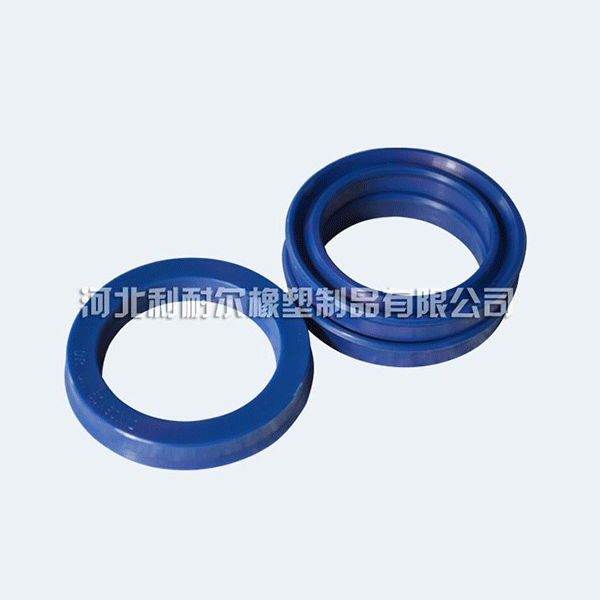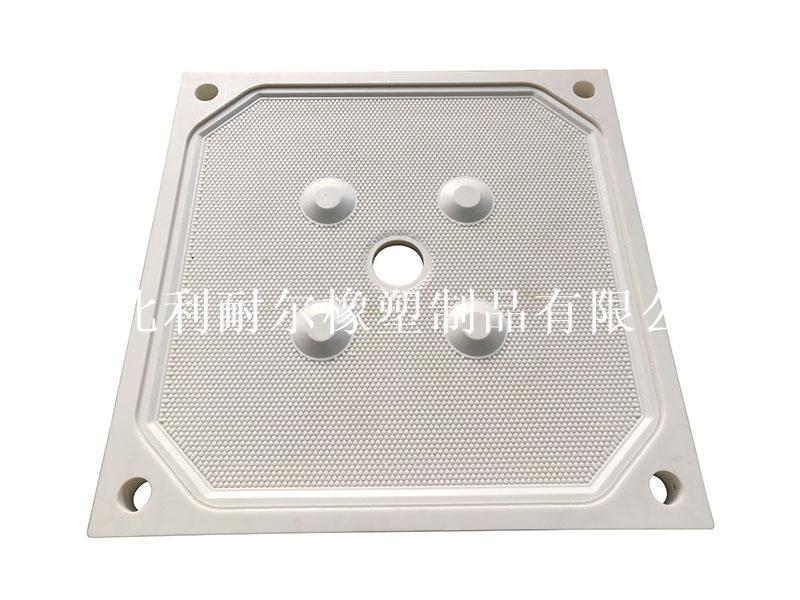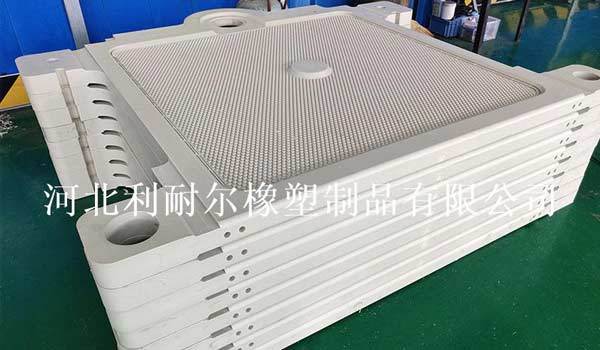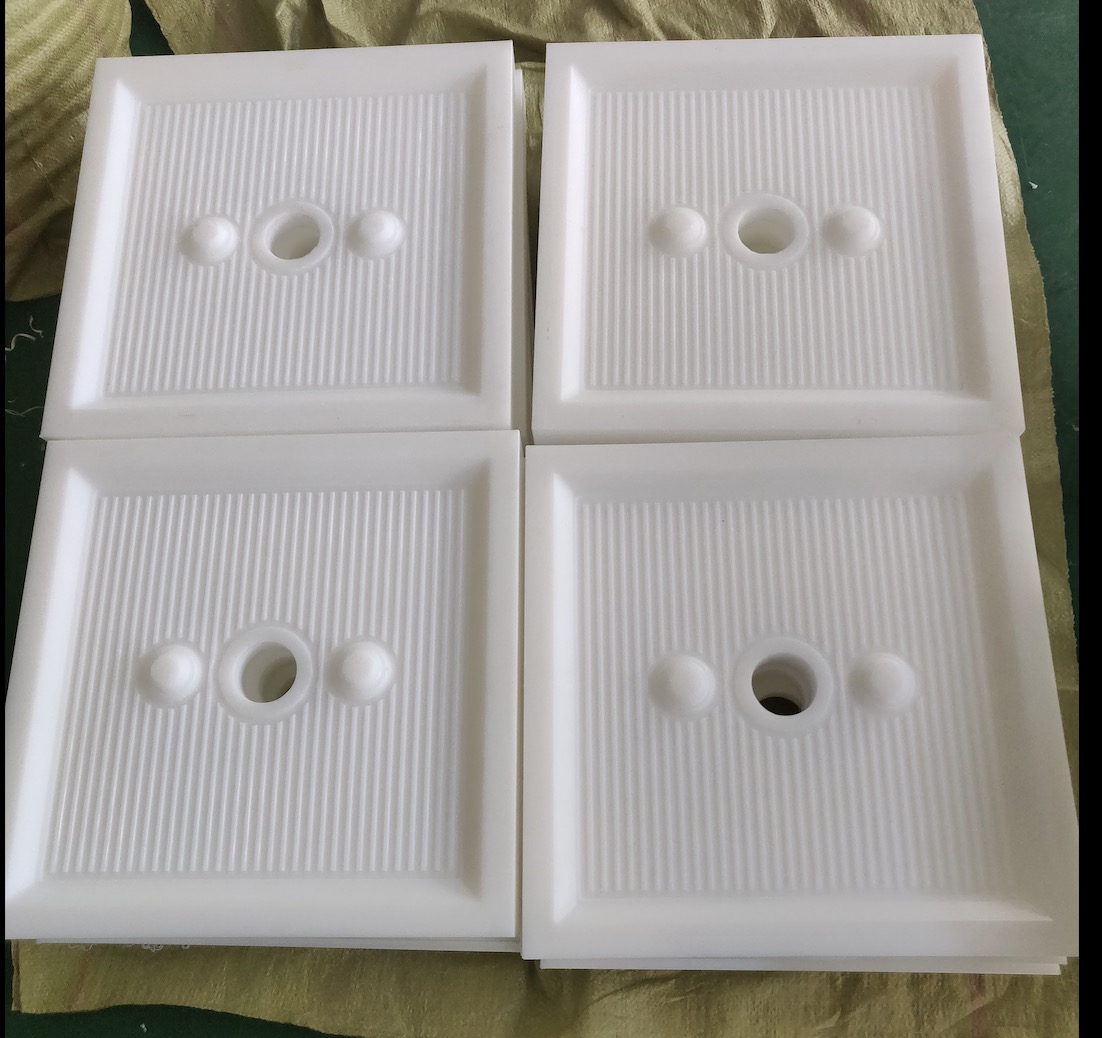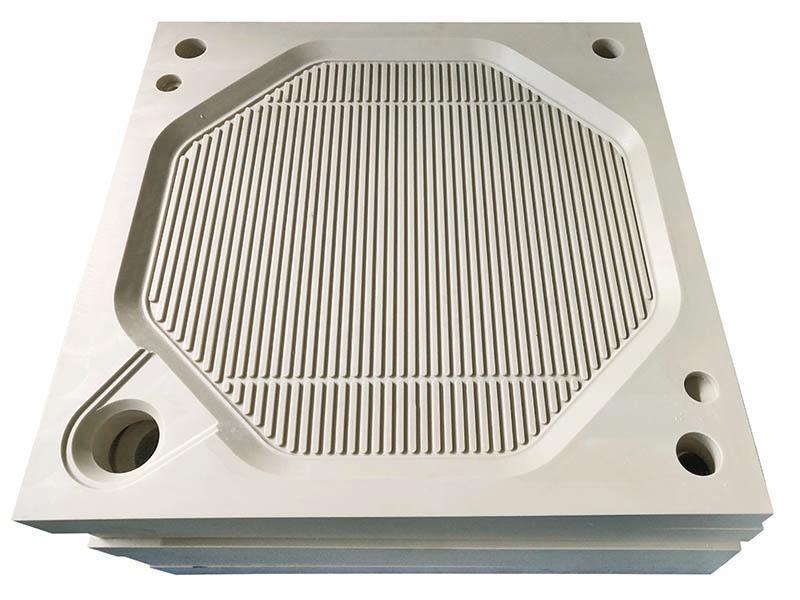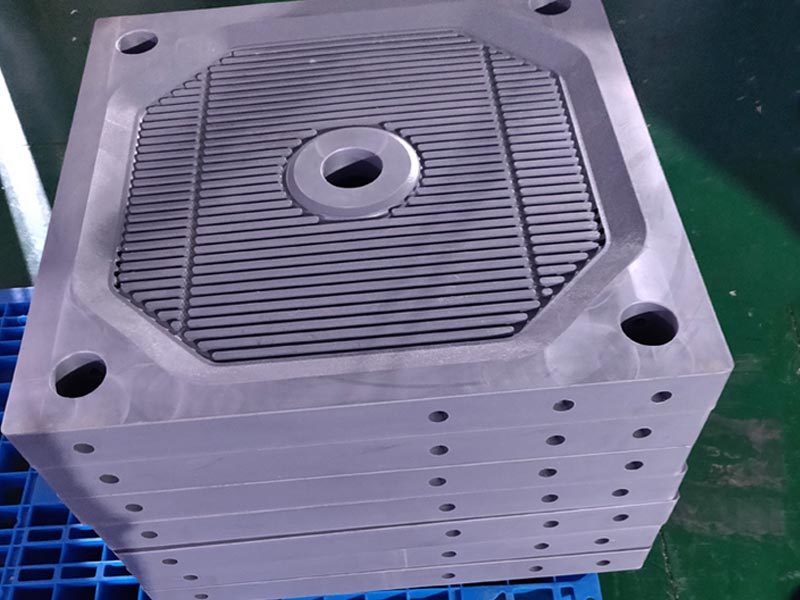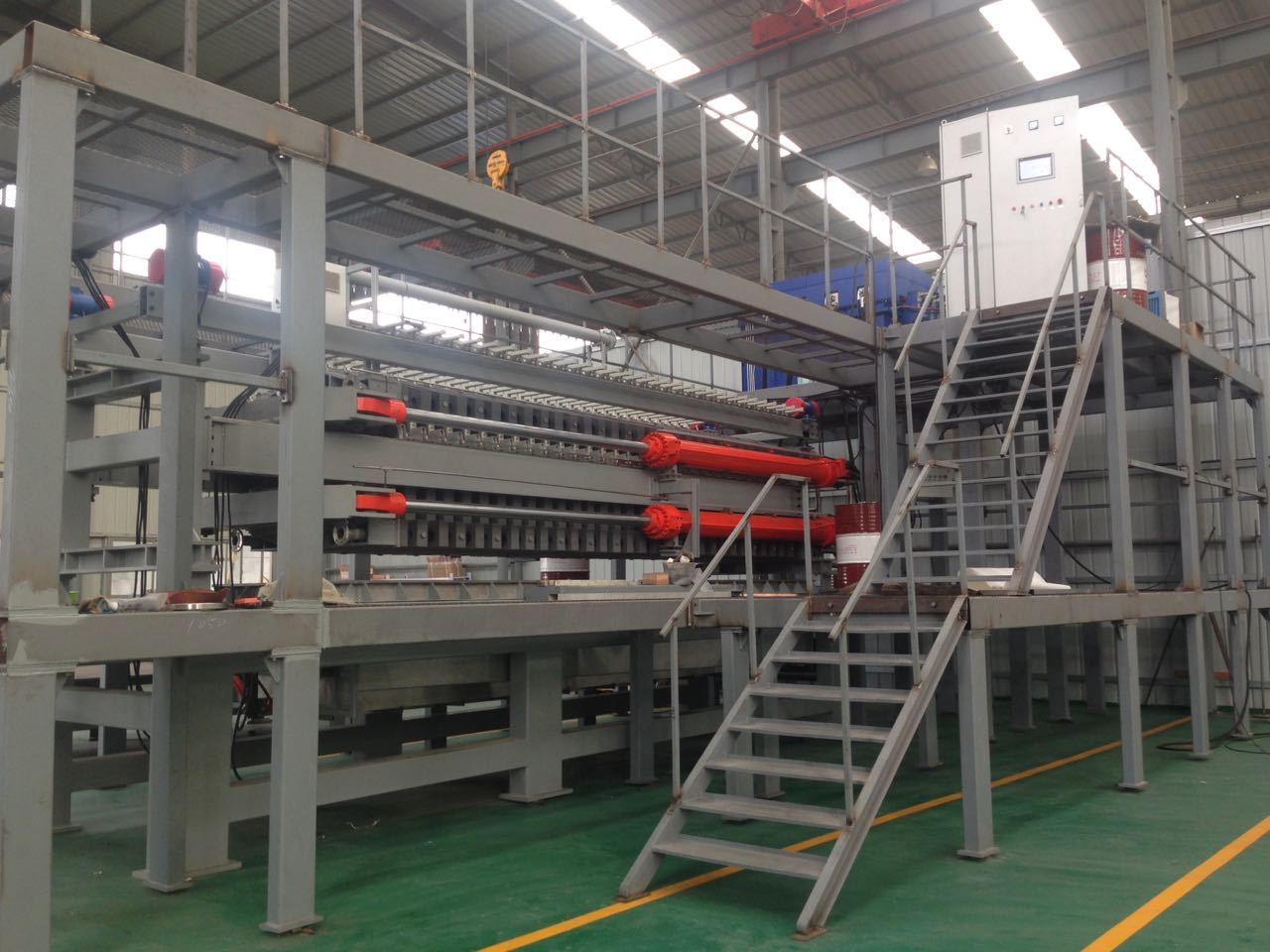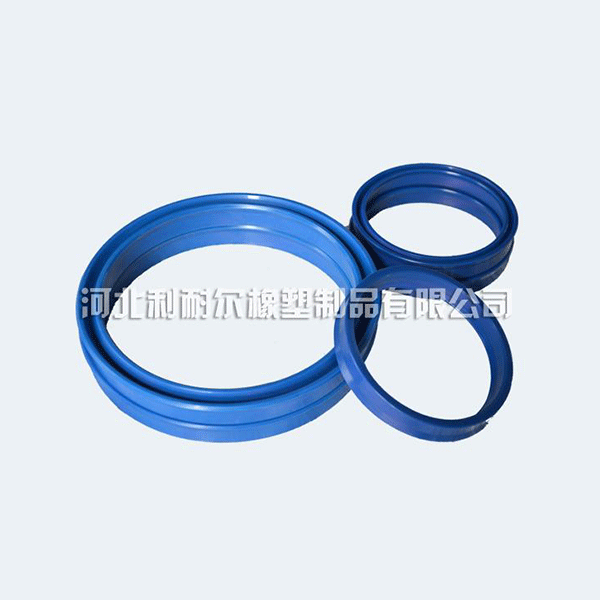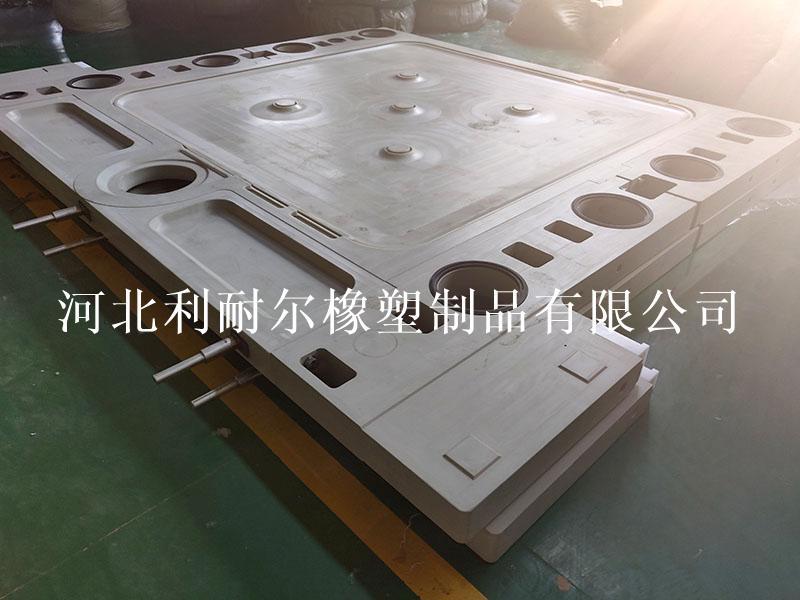Maximizing Efficiency: The Essential Role of Filter Plates in Chemical Processing
Release time:
2025-01-02
Maximizing Efficiency: The Essential Role of Filter Plates in Chemical Processing Table of Contents Understanding Filter Plates in Chemical Processing The Mechanics of Filter Plates Types of Filter Plates Used in Chemical Processing Applications of Filter Plates in Chemical Processing Benefits of Using Filter Plates in Chemical Processing Optimizing Filter Plate Efficiency
Maximizing Efficiency: The Essential Role of Filter Plates in Chemical Processing
Table of Contents
- Understanding Filter Plates in Chemical Processing
- The Mechanics of Filter Plates
- Types of Filter Plates Used in Chemical Processing
- Applications of Filter Plates in Chemical Processing
- Benefits of Using Filter Plates in Chemical Processing
- Optimizing Filter Plate Efficiency
- Maintaining Your Filter Plates for Longevity
- Future Trends in Filter Plate Technology
- Frequently Asked Questions
Understanding Filter Plates in Chemical Processing
Filter plates play a critical role in the chemical processing industry. These devices facilitate the separation of solids from liquids, allowing for the efficient processing of a wide array of chemical solutions. By utilizing filter plates, industries can ensure higher purity levels in their products, reduce waste, and enhance overall operational efficiency.
When we discuss filter plates, we refer to thick, flat plates that are engineered to capture solids from a liquid stream. These plates are typically incorporated into filter presses or similar equipment, providing a robust mechanism for filtration. Understanding how filter plates function is essential for anyone involved in chemical processing.
The Mechanics of Filter Plates
Filter plates operate through a straightforward yet effective mechanism. Liquid containing suspended solids is fed into the filter press, where it is directed through the filter plates. The design of these plates allows liquids to pass through while trapping solid particles. This separation process is vital for achieving the desired product quality in chemical manufacturing.
The efficiency of filter plates hinges on several factors, including the material they're made from, their pore size, and the overall configuration of the filtration system. These elements dictate how well a filter plate can perform its job, influencing both the speed and the effectiveness of the filtration process.
Types of Filter Plates Used in Chemical Processing
Various types of filter plates are utilized in chemical processing, each designed to cater to specific needs and applications. Here are some of the most common types:
1. Polypropylene Filter Plates
Polypropylene filter plates are well-known for their chemical resistance and lightweight properties. They are commonly used in industries that involve corrosive substances, where durability and long service life are required.
2. Stainless Steel Filter Plates
Stainless steel filter plates offer exceptional strength and resistance to high temperatures, making them ideal for demanding applications in chemical processing. Their longevity and durability are significant advantages, particularly in industrial settings.
3. Fiberglass Filter Plates
These plates are lightweight and resistant to many chemicals, making them a popular choice for various filtration applications. They are effective in removing solids from liquid streams while maintaining structural integrity under challenging conditions.
4. Membrane Filter Plates
Membrane filter plates utilize a membrane layer to enhance filtration efficiency and provide finer separation. These plates are particularly useful in applications requiring high purity levels and can be adapted for various chemical processes.
5. Electric Filter Plates
Electric filter plates are equipped with electric heating elements to assist in the drying of the cake. This innovative design helps reduce the moisture content in the filtered material, making it a valuable option in specific applications.
Applications of Filter Plates in Chemical Processing
Filter plates serve a multitude of applications within the realm of chemical processing. Their versatility makes them indispensable in various sectors, including:
1. Pharmaceutical Manufacturing
In the pharmaceutical industry, strict quality control is paramount. Filter plates ensure that contaminants are removed from solutions, thus maintaining the integrity of pharmaceutical products. Their use is vital in both the production and purification stages.
2. Wastewater Treatment
Filter plates are instrumental in wastewater treatment applications, where solid-liquid separation is essential for reducing pollutants and facilitating environmental compliance. Efficient filtration processes can significantly enhance the quality of treated water.
3. Food and Beverage Production
In food processing, filter plates help ensure product safety and compliance with health regulations. They are used to clarify liquids, remove unwanted particles, and improve the overall quality of food and beverage products.
4. Chemical Manufacturing
In the chemical manufacturing sector, filter plates assist in the separation of by-products and impurities from the primary product stream. This enhances product quality and optimizes production efficiency, contributing to cost savings.
5. Mining and Metallurgy
In mining and metallurgy, filter plates are employed to separate valuable minerals from slurries and tailings. Their ability to handle abrasive materials makes them a valuable asset in these industries.
Benefits of Using Filter Plates in Chemical Processing
The integration of filter plates into chemical processing brings multiple advantages, contributing to enhanced operational efficiency and product quality. Here are some key benefits:
1. Improved Product Quality
By effectively removing impurities and solid particles, filter plates ensure that the final product meets required specifications. This is crucial for industries where purity is non-negotiable, such as pharmaceuticals and food processing.
2. Increased Operational Efficiency
Filter plates facilitate faster filtration rates, allowing for higher throughput in production processes. This increase in efficiency translates to reduced processing times and improved productivity.
3. Reduced Waste and Environmental Impact
By optimizing the separation of solids from liquids, filter plates help minimize waste generation. This not only has economic benefits but also enhances sustainability efforts in chemical processing.
4. Cost-Effective Solutions
While the initial investment in filter plates may seem significant, their durability and efficiency lead to long-term cost savings. Reduced downtime and maintenance requirements further contribute to overall economic benefits.
5. Flexibility and Adaptability
With various types and configurations available, filter plates can be tailored to meet specific processing needs across diverse industries. This adaptability makes them suitable for a wide range of applications.
Optimizing Filter Plate Efficiency
To maximize the benefits of filter plates, several strategies can be implemented:
1. Proper Selection
Choosing the right type of filter plate for your specific application is crucial. Considerations should include the nature of the liquid being filtered, the size of the particles, and the required filtration speed.
2. Regular Maintenance
Consistent maintenance of filter plates is essential for ensuring optimal performance. Regular cleaning, inspection, and timely replacement of worn parts can prolong the lifespan of the equipment.
3. Process Monitoring
Utilizing monitoring systems to track the performance of filtration processes can help identify potential issues early. This proactive approach allows for adjustments to be made before significant downtime occurs.
4. Training and Best Practices
Ensuring that operators are well-trained in filter plate operations and maintenance can significantly impact efficiency. Establishing best practices can lead to improved workflow and enhanced safety.
Maintaining Your Filter Plates for Longevity
Effective maintenance is key to extending the lifespan of filter plates and ensuring consistent performance. Here are some best practices for maintaining filter plates:
1. Regular Inspections
Conducting routine inspections of filter plates for signs of wear and tear can help identify issues before they escalate. Check for cracks, leaks, and other signs of damage.
2. Cleaning Procedures
Implementing effective cleaning protocols is vital to prevent clogging and maintain filtration efficiency. The cleaning process should be tailored to the materials being filtered and the type of filter plates used.
3. Storage Conditions
When not in use, filter plates should be stored in a clean, dry environment to prevent contamination and degradation. Proper storage conditions will enhance their longevity.
4. Replacement Schedule
Establishing a replacement schedule based on usage and manufacturer recommendations can prevent unexpected failures and ensure consistent performance.
Future Trends in Filter Plate Technology
The evolution of filter plate technology continues to shape the landscape of chemical processing. Here are some emerging trends:
1. Advanced Materials
Innovation in materials science is leading to the development of filter plates that offer enhanced durability, chemical resistance, and efficiency. This trend is expected to improve filtration outcomes across various industries.
2. Automation and Smart Technology
The integration of automation and smart technologies into filtration systems is on the rise. These advancements can improve process monitoring, enhance operational efficiency, and reduce human error.
3. Eco-Friendly Solutions
As sustainability becomes increasingly important, the demand for eco-friendly filter plates is growing. Manufacturers are exploring biodegradable and recyclable materials to meet these needs.
4. Enhanced Customization
The future will likely see more customized solutions tailored to specific industry requirements, allowing for optimized performance and efficiency.
Frequently Asked Questions
1. What are filter plates used for in chemical processing?
Filter plates are used to separate solids from liquids in various chemical processes, enhancing product purity and improving operational efficiency.
2. How do I choose the right filter plate for my application?
Consider the type of liquid, particle size, and filtration speed required when selecting filter plates. Consulting with manufacturers or industry experts can also provide valuable insights.
3. How often should filter plates be maintained?
Regular maintenance should be performed based on usage. Routine inspections and cleaning are essential to ensure optimal performance.
4. What materials are commonly used for filter plates?
Common materials include polypropylene, stainless steel, fiberglass, and various composite materials, each offering unique benefits based on their intended applications.
5. Can filter plates be recycled?
Some filter plates are designed with recyclability in mind. Always consult manufacturer guidelines for specific disposal and recycling practices.
Conclusion
Filter plates are indispensable tools in the chemical processing industry, driving efficiency and product quality across numerous applications. By understanding their mechanics, benefits, and maintenance needs, we can harness their full potential to achieve streamlined operations and improved outcomes. As technology continues to advance, the future of filter plates looks promising, with innovations paving the way for even greater efficiency and sustainability in chemical processing.
Related News




















